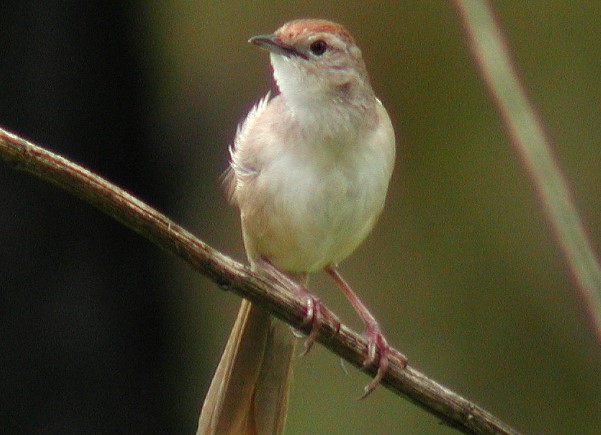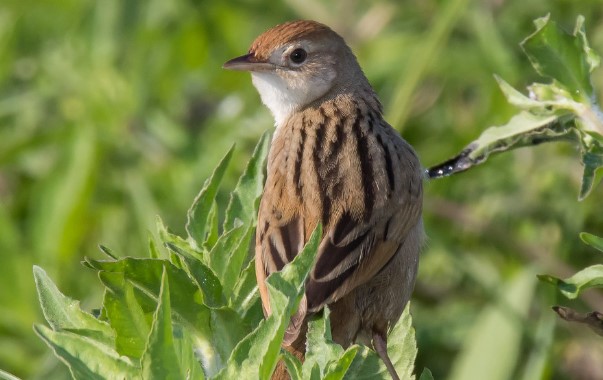The Tawny Grassbird (Cincloramphus timoriensis) lives in tall rank grassland in swampy pockets and flood plains around northern and eastern coastal Australia. The species occasionally enters reed beds and drier heaths as well as scrubby forest edges, but rarely permanently. There may be several neighbors in local pockets who hold territories throughout the year alongside those of established pairs.
Tawny Grassbird tends to migrate nomadically from area to area depending on their suitability for each area, however, some wander more widely than others. In their habitat, grassbirds spend most of their time undercover, hopping, running, and gleaning insects.
Pairs chase one another through grass tussocks, fluttering weakly from stem to stem with tails trailing. While twitching their tails and bodies, they will climb a high stem to look around briefly. With conspicuous display flights, males advertise their territory over the grass with quivering wings and tails down, singing continuously before dropping back to cover.

Read More – Crested Francolin
There are several names for this bird, including Tawny Marsh Bird, Rufous-capped Grassbird, and Rufous-capped Grass Warbler. Approximately 190 mm is the length of the Tawny Grassbird and a stout bill of 14-17mm weighs 14-25g. There is no difference between the sexes when it comes to adults. The crown, nape, and rump are plain rufous; the rest of the upper parts are rufous-brown streaked with dusky black. There is a rufous-brown color on the wings and tail, with a dusky shaft on the feathers.
There is a pale buff color to the eyebrows. The throat is white; the rest of the underparts are grey-white. The eyes are yellow-brown in color. There is a pink-brown color on top and a paler color on the bottom of the bill. Pink flesh-colored feet. A mature immature is duller and has finer streaking than an adult.
Tawny Grassbirds call with a single tchk, in alarm or warning. SONG: Rich, loud, and varied reel, Ch-ch-ch-zzzzzt-lik-lik, with whipcrack effects in some notes. Breeding and nesting take place between August and April. Nest cup-shaped, narrower at the top, constructed of dried swamp grasses and lined with finer grasses and roots; near the ground in dense covers, like grass clumps. A typical clutch consists of three to four eggs; pink, purple-brown, and grey in color; long-oval, about 20 x 15 mm.
As far south as the Illawarra district, NSW, Tawny Grassbirds can be found throughout northern and eastern Australia. A tawny grassbird occurs primarily on the coast, with its range probably not extending more than 300 km inland; in the southeast, it ranges westward to the foothills of the Nandewar and Warrumbungle Ranges. Also found in New Guinea, Timor, and the Philippines. Up to 15 races exist; one is endemic to Australia.
Read More – Golden-headed cisticola (Cisticola exilis)







